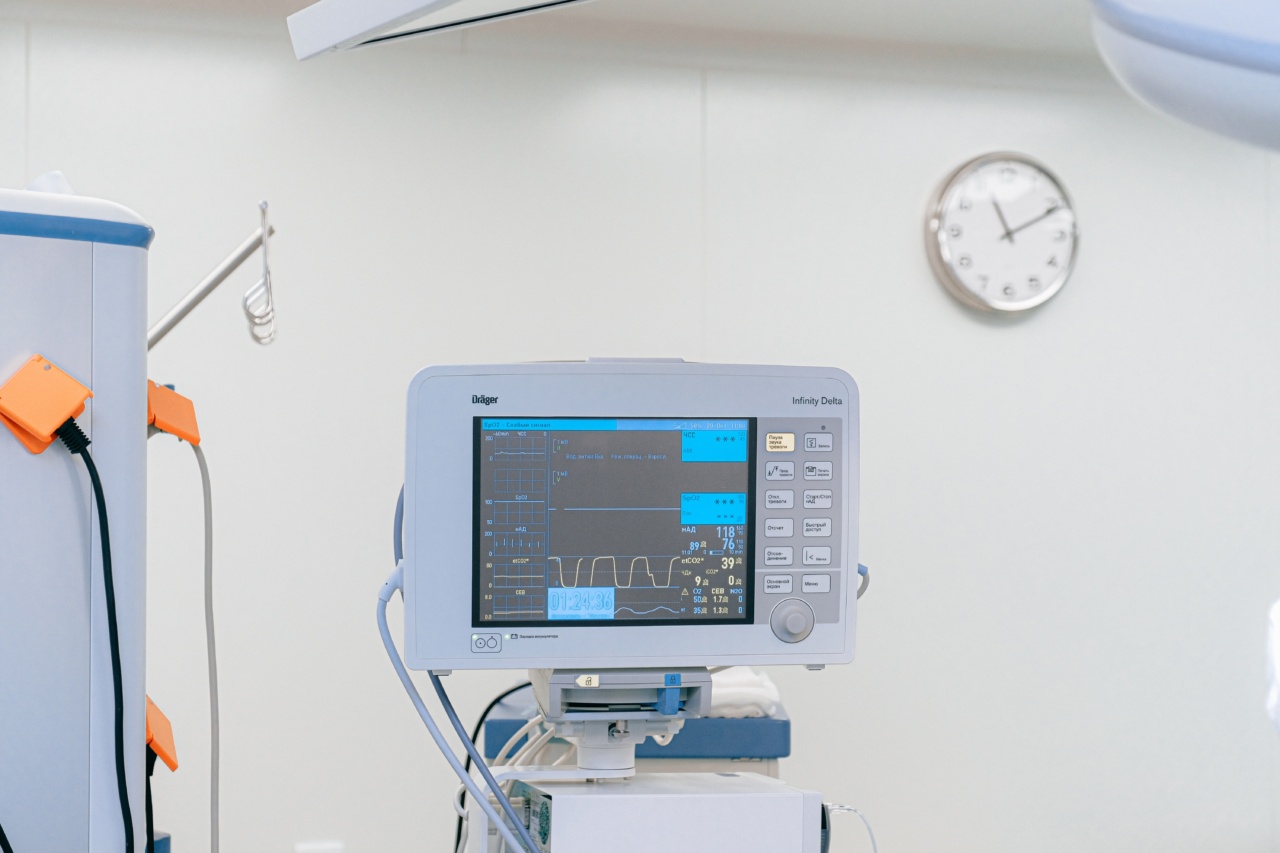Hospitals play a critical role in providing necessary healthcare services to communities. However, the healthcare landscape is constantly evolving, and hospitals must keep up with these changes to continue offering high-quality care.
Investing in hospital upgrades is vital to meet the evolving needs of patients, enhance medical technology and facilities, and improve efficiency in delivering healthcare services. In this article, we will explore the importance of investing in hospital upgrades and the benefits it brings to both patients and healthcare providers.
Improved Patient Care
One of the primary reasons investing in hospital upgrades is crucial is to enhance patient care.
By upgrading medical facilities, hospitals can offer state-of-the-art equipment and technology that enables accurate diagnoses, effective treatments, and better patient outcomes. For example, investing in advanced imaging systems, such as MRI and CT scanners, allows physicians to detect diseases and monitor progress more accurately, leading to timely interventions and improved patient care.
Better Medical Technology
Advancements in medical technology have revolutionized healthcare practices. However, many hospitals struggle to keep up with these advancements due to outdated infrastructure and equipment.
By investing in hospital upgrades, healthcare providers can integrate modern medical technology into their facilities. This includes implementing electronic health records (EHR) systems, telemedicine capabilities, robotic surgical systems, and advanced monitoring devices.
These upgrades not only improve patient care but also streamline workflow, reduce human errors, and increase diagnostic accuracy.
Enhanced Facilities
Hospital upgrades also involve improving physical infrastructure and enhancing facilities. Outdated buildings and inadequate spaces can negatively impact the patient experience and hinder healthcare providers’ ability to deliver efficient care.
By investing in hospital upgrades, facilities can be modernized to meet current safety and accessibility standards. Upgraded facilities can include comfortable patient rooms, advanced surgical suites, specialized care units, and expanded emergency departments.
These enhancements create a welcoming environment for patients, support efficient workflows, and enable healthcare providers to deliver services more effectively.
Increased Efficiency
Investing in hospital upgrades can significantly improve operational efficiency. Outdated systems and manual processes often result in unnecessary delays and increased administrative burdens.
With the integration of digital tools and automation, hospitals can streamline various aspects of operations, such as patient admissions, inventory management, and billing processes. Improved efficiency leads to reduced waiting times, enhanced staff productivity, and optimized resource allocation, ultimately benefiting both patients and healthcare providers.
Cost Savings
Although hospital upgrades require a significant upfront investment, they can lead to long-term cost savings. Upgraded facilities and equipment are often more energy-efficient, resulting in reduced utility costs.
Additionally, modern technologies and streamlined processes reduce waste and unnecessary expenses. For example, implementing electronic health records eliminates the need for large amounts of paper and storage space, while automation reduces human errors that can result in costly mistakes.
By investing in hospital upgrades, healthcare providers can achieve financial savings while simultaneously improving the quality of care.
Adapting to Technological Advances
Technology continues to advance rapidly in the healthcare industry, and hospitals must adapt to these changes to stay competitive. Investing in hospital upgrades ensures that healthcare providers can integrate emerging technologies effectively.
This may include adopting artificial intelligence for data analysis, implementing wearable devices for remote patient monitoring, or incorporating virtual reality for rehabilitation purposes. By keeping pace with technological advancements, hospitals can attract top talent, support cutting-edge research, and provide innovative care solutions.
Meeting Regulatory Standards
Regulatory standards in healthcare are continually evolving to ensure patient safety and quality of care. Hospitals must comply with these standards to maintain their licenses and accreditation.
Investing in hospital upgrades allows healthcare providers to meet and exceed these regulatory requirements. Upgrading facilities to meet fire safety codes, infection control standards, and accessibility guidelines not only ensures compliance but also creates a secure environment for patients and staff.
Meeting regulatory standards enhances trust and reputation, indicating a commitment to high-quality care.
Competitive Advantage
Investing in hospital upgrades provides a significant competitive advantage in the healthcare industry. Patients seek medical facilities that offer modern technology, comfortable environments, and excellent care.
By upgrading facilities, hospitals can differentiate themselves from their competitors and attract a broader patient base. Moreover, healthcare providers can collaborate with leading specialists and researchers, establishing themselves as leaders in specific medical fields.
A strong reputation for quality care and advanced facilities leads to patient loyalty and referrals, which are crucial for long-term success.
Staff Satisfaction and Retention
Creating a positive work environment is essential for staff satisfaction and retention. Outdated facilities and technology can negatively impact healthcare providers’ morale and productivity.
By investing in hospital upgrades, hospitals demonstrate their commitment to the well-being of their staff, creating a conducive work environment. Modern facilities and advanced technology not only enhance the patient experience but also improve staff efficiency and satisfaction.
When healthcare professionals have access to the tools and resources they need to provide excellent care, they are more likely to remain committed to the hospital, leading to reduced turnover rates and better continuity of care.
Conclusion
Investing in hospital upgrades is vital for improved patient care, better medical technology, enhanced facilities, and increased efficiency.
By embracing advancements in healthcare technology and upgrading infrastructure, hospitals can provide state-of-the-art care and remain competitive. Upgrades lead to improved patient outcomes, streamlined workflows, cost savings, and compliance with regulatory standards.
Furthermore, investing in hospital upgrades enhances the work environment for healthcare providers, leading to increased staff satisfaction, reduced turnover rates, and better continuity of care. As the healthcare landscape continues to evolve, investing in hospital upgrades is not just a necessity but a strategic move towards a more efficient and patient-centered healthcare system.






























